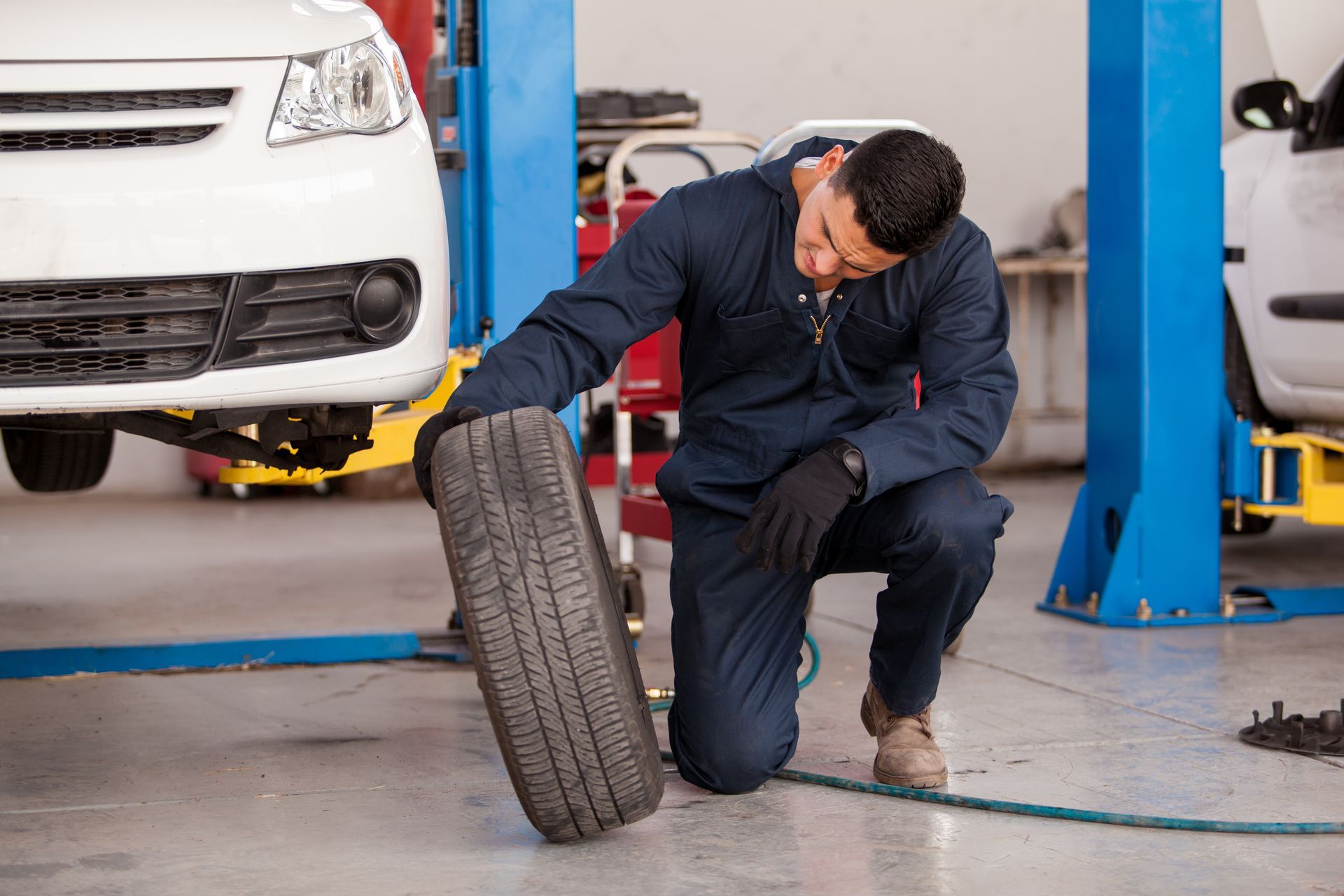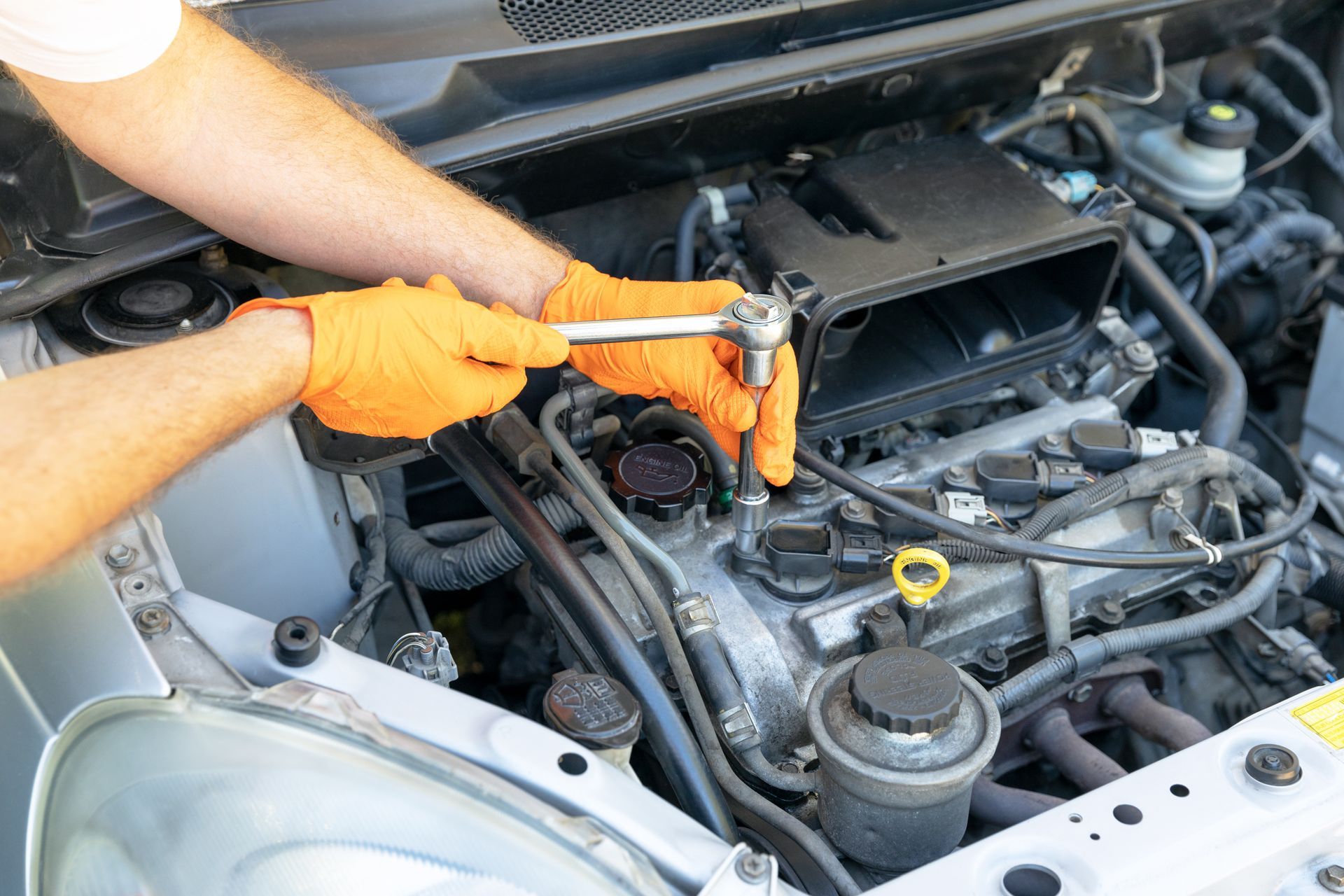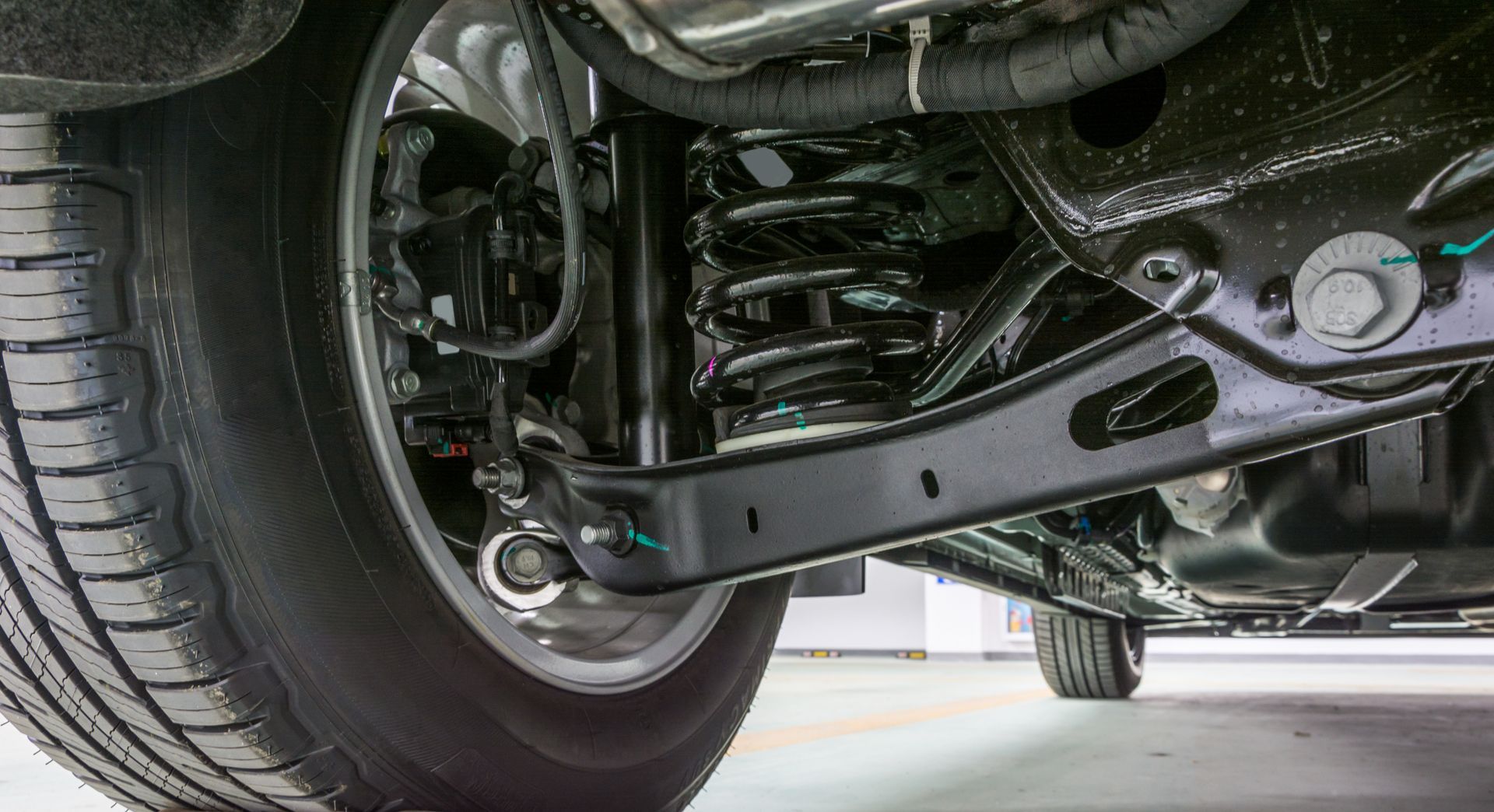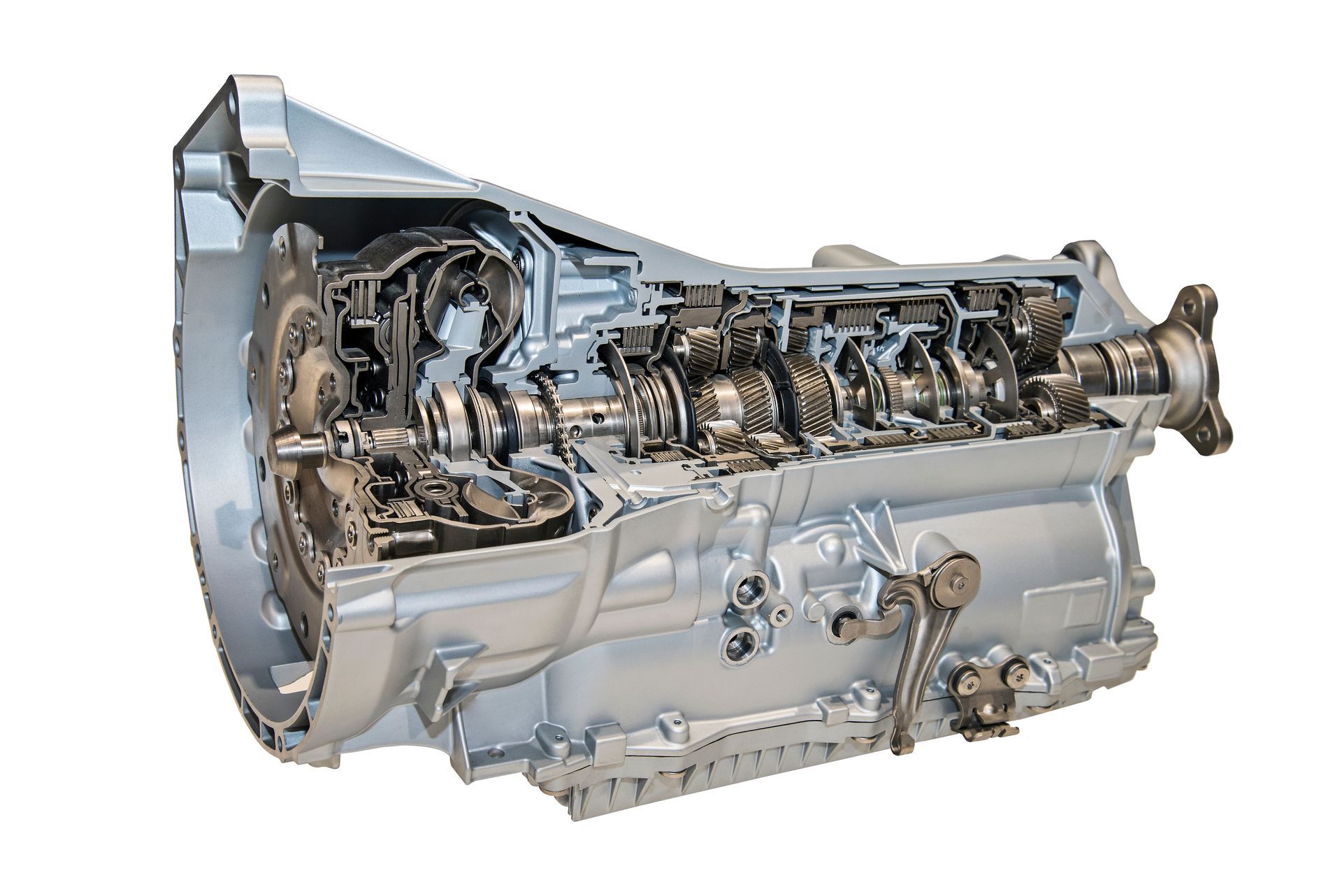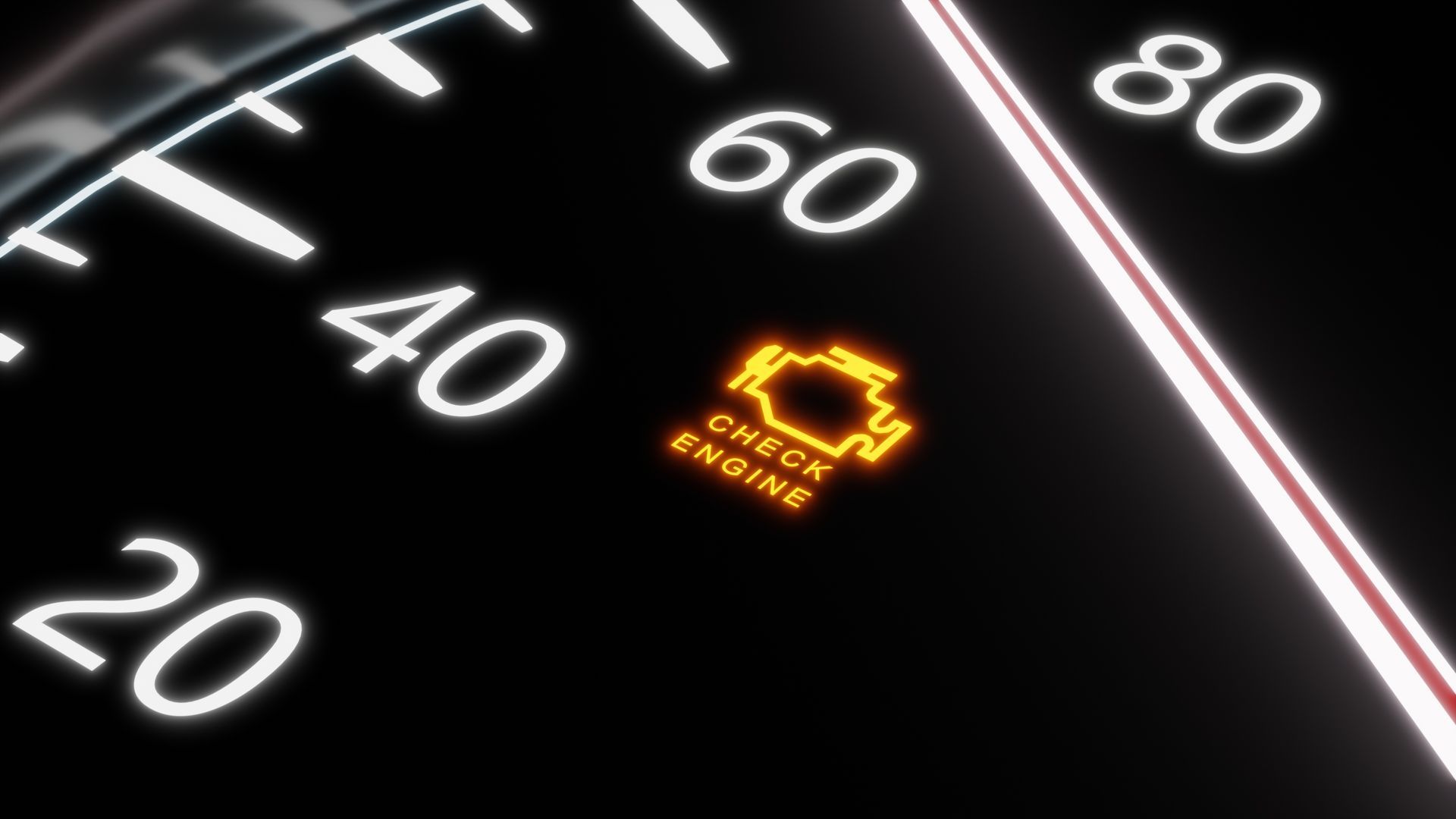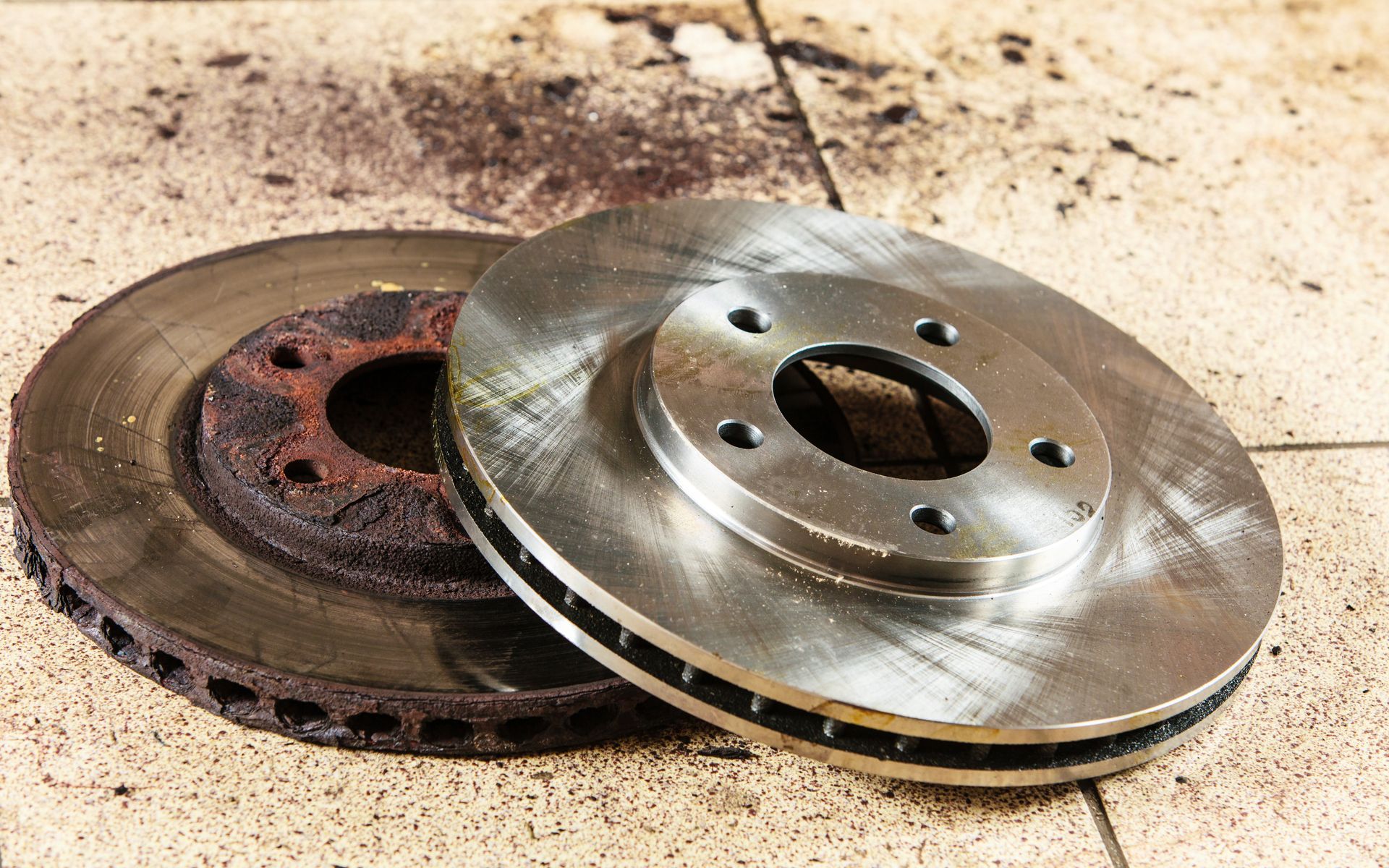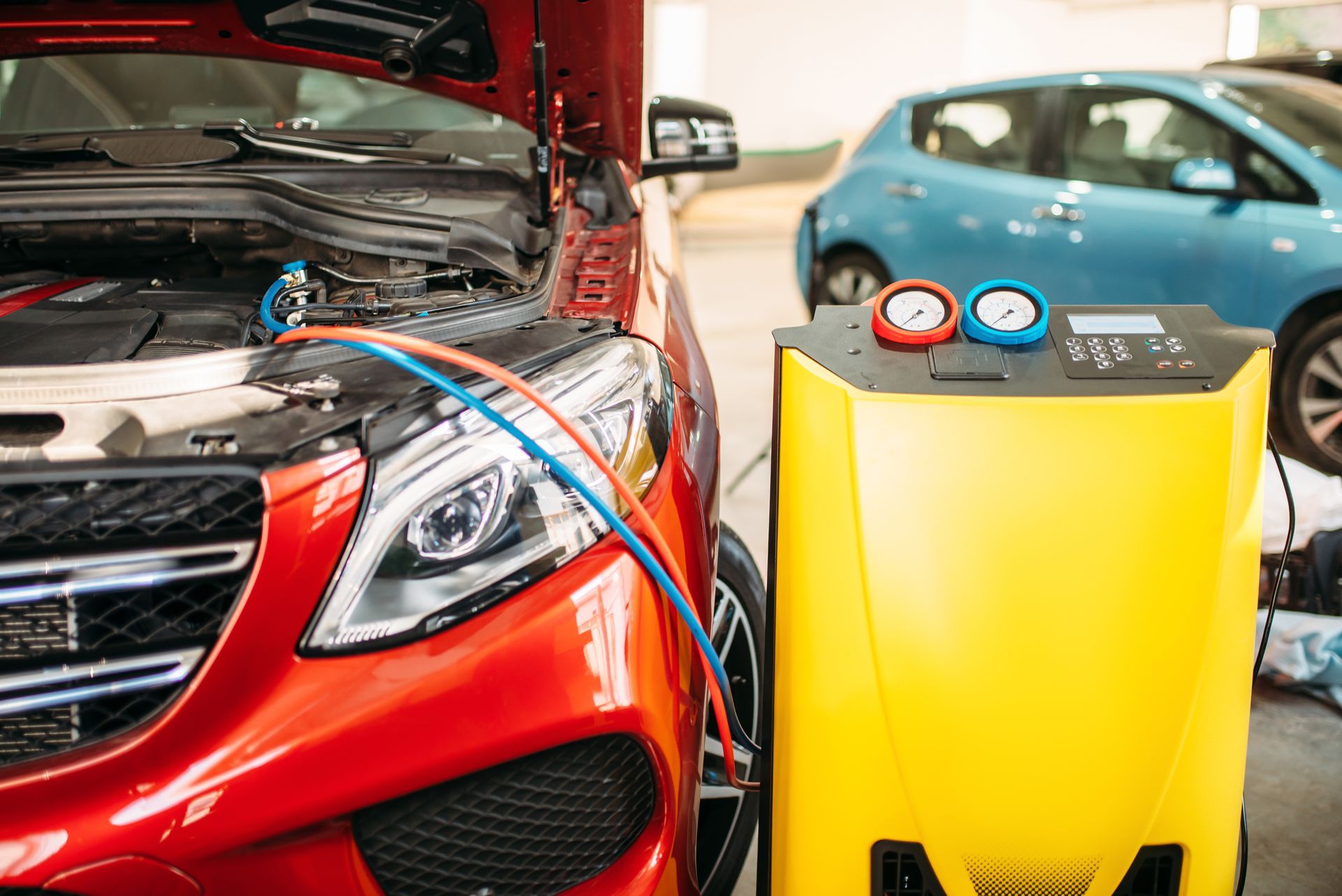A smooth ride is something most drivers take for granted—until it’s gone. If your car starts bouncing excessively every time you go over a speed bump, pothole, or uneven pavement, it's a clear sign something isn't right. That bouncing isn’t just annoying—it’s your suspension system crying out for help.
The suspension in your vehicle is responsible for absorbing the impact from the road and keeping your tires planted firmly on the ground. When it starts to fail, the signs become obvious—especially when bumps make your car feel like a trampoline. Let’s take a closer look at what causes that excessive bounce and why it’s important to fix it.
Shocks or Struts May Be Worn Out
The most common cause of bouncing over bumps is worn or leaking shocks and struts. These components are designed to absorb the up-and-down motion your car experiences while driving. When they wear out, they can no longer control that motion, so your car continues to bounce after hitting a bump instead of settling back into place.
You may not notice a big change all at once. It often starts gradually—your ride feels just a little softer or looser than usual. But as the components deteriorate, the bouncing gets worse, and you may even feel like your car is floating or swaying when going around turns or coming to a stop.
If your shocks or struts are leaking fluid or have lost their internal gas pressure, it’s only a matter of time before they lose the ability to stabilize your vehicle.
Broken or Sagging Springs
While shocks and struts get most of the attention, your suspension also relies on coil springs or leaf springs to support the weight of the car. These springs compress and rebound with the road, helping manage the car’s height and ride quality.
If a spring breaks or starts to sag, one corner of your car may sit lower than the rest. This imbalance can exaggerate the bouncing and also affect your handling. You might notice your vehicle dips lower on one side when braking or accelerating. It’s especially noticeable in places like Summerville, SC, where the mix of back roads and city streets constantly puts your suspension to the test.
Tire Condition and Air Pressure
Tires that are overinflated or underinflated can also make your ride feel bouncy. Overinflated tires don’t flex as much, so they transfer more of the road’s impact into the suspension. If the suspension is already worn, the extra force just makes the bounce worse.
Tire imbalance or uneven tread wear can also create vibration and instability that feels like bouncing—especially at higher speeds or when turning.
Even if your suspension is in decent shape, ignoring tire pressure and condition can mask or worsen the real problem.
Worn Bushings or Loose Suspension Parts
Your suspension system is made up of more than just shocks and springs. It includes control arms, sway bar links, and rubber bushings that cushion joints and absorb small amounts of movement. When these bushings wear out, or parts loosen, the result can be a bouncier, noisier ride.
You may hear clunks or creaks along with the bouncing, especially over rough roads. This is a sign that joints in your suspension are no longer tight, and the added movement is being transferred into the cabin.
Fixing Suspension Problems
Excessive bouncing isn’t just uncomfortable—it affects your safety. A bouncing vehicle doesn’t stay planted on the road the way it should. That can lead to poor traction, longer braking distances, and unpredictable handling in emergencies.
Even worse, a failing suspension system puts extra stress on your tires, steering components, and brakes, causing them to wear out faster. What could’ve been a simple shock replacement can turn into a multi-system repair if ignored for too long.
If your ride quality has changed noticeably, or you feel like you’re being tossed around on bumps and curves, it’s time to get your suspension inspected.
Schedule your suspension check at
AFA Service & Repair in Summerville, SC, today and enjoy a smoother, safer ride every time you hit the road.


